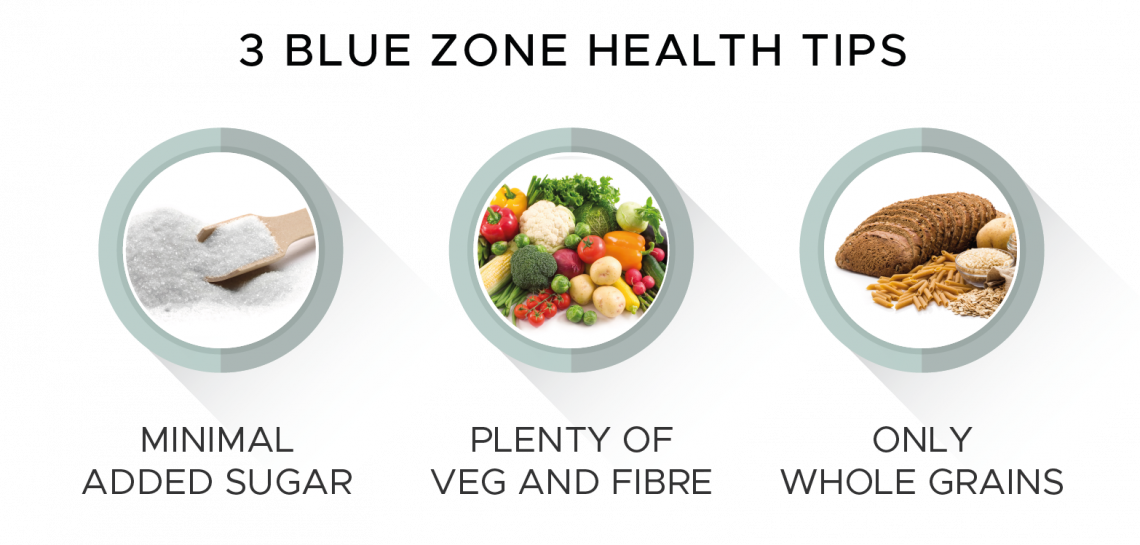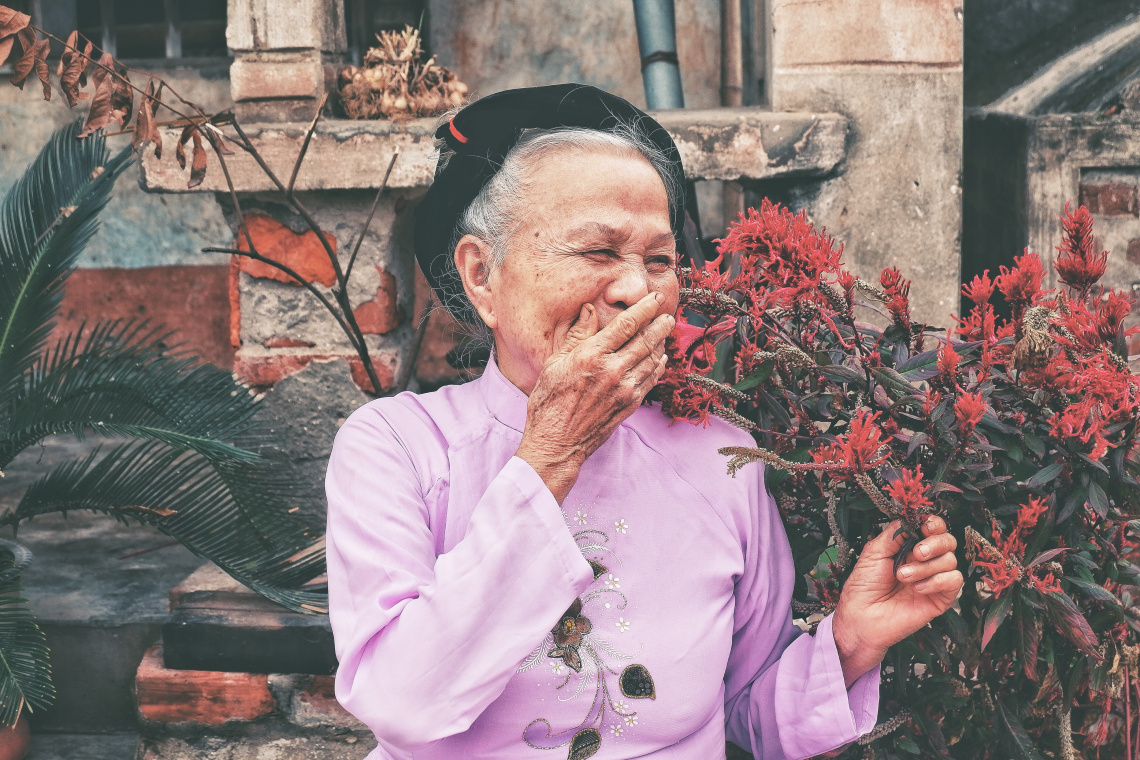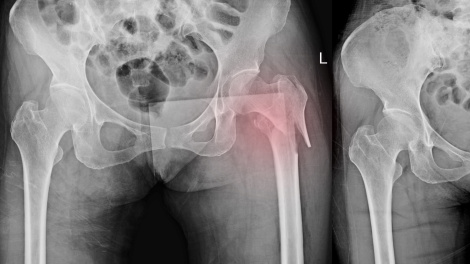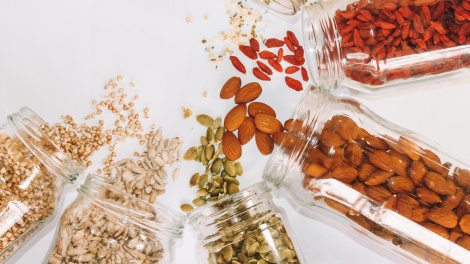You know how it goes – every week there’s a new diet guru, a new way of eating or a must-have superfood… diets come and go but some have stood the test of time. Introducing Blue Zones.
These are the world’s healthiest and longest-living communities. Members of these communities have the lowest incidence of chronic health problems like heart disease, diabetes, cancer and even dementia, with many of their people living to 100 or older!
Blue Zones around the world
According to author Dan Buettner, who has been working with National Geographic over the last 10 years, here are the top longevity hotspots and what they typically eat (1):
1) Ikaria, Greece - heavy in vegetables, legumes, fruits and healthy fats like olive oil, nuts and avocados, small portions of dairy, fish and meat. Moderate amount of red wine.
2) Okinawa, Japan - Sweet potatoes, soybeans, turmeric, mugwort and Goya (bittermelon).
3) Ogliastra Region, Sardinia - low meat protein, whole-grain bread, beans, vegetables, fruits, pecorino cheese high in Omega-3. Often includes a glass of red wine.
4) Loma Linda, California - Seventh-day Adventists who follow a biblical diet of grains, fruits, nuts and vegetables.
5) Nicoya Peninsula, Costa Rica - Black beans, bananas, plantains, papaya, squash, yams and homemade corn tortillas (made using a special process to release niacin in the corn which helps the body absorb calcium, iron and other valuable minerals).
A recent study in The American Journal of Clinical Nutrition (2.) also showed that the Nordic diet was comparable with the benefits of the Mediterranean diet in reducing inflammation – which is linked to many chronic conditions. Rye bread, oily fish, local fruits like rose hip, lingonberries and bilberries, root vegetables and fermented milk and cheese make up the Nordic diet in general.

So, what’s the common denominator?
All of these diets share a few important similarities no matter where in the world they originate:
Low in added sugars – most of us are eating too much sugar and it is one of the unhealthiest aspects of the modern diet. Too much fructose overloads your liver, which then turns it into fat. Conditions such as obesity, type 2 diabetes and heart disease can result. Also, sugar proves no essential nutrients resulting in unnecessary ‘empty’ calories. (3.)
High in vegetables and fibre – there’s a reason why Mom knew best and we were forced to eat vegetables as children. They are a rich source of phytonutrients and healthy probiotic fibre which helps to encourage and maintain health and well-being. Their antioxidant content helps to fight against free radicals which then leads to lower risk of chronic diseases. (4.)
Free from refined grains – Unlike whole grains, refined grains have their bran and fibre removed, leaving them with no essential nutrients but only starch and glucose. Wheat flour is the most common refined grain, which is consumed in huge amounts in Western countries. As they are lacking any fibre, they actually cause rapid spikes in blood sugar leading to cravings and overeating a few hours later when blood sugar comes crashing down.

No unhealthy fats - trans fats are usually made by hydrogenating vegetable oils which increases shelf life. The detrimental effect on humans is so severe that as of June 2018, the FDA officially banned the use of trans fats in food manufacturing. Studies have linked it to increased inflammation and heart disease. (5.) Healthy fats such as those found in nuts, avocados, salmon and olive oil have been linked to a number of health benefits, including longevity, reduced risk of heart disease and of some cancers. (6.)
Emphasis on whole foods - whole foods are free of problematic ingredients whilst also rich in antioxidants and essential vitamins and minerals. Processed foods also contain high levels of fat, sugar and sodium, all of which can greatly increase the risk of chronic diseases. (7.)
By picking the shared principles among the healthy diets of the world, you can create your own eating plan that will improve and protect your health. Eating healthily boils down to having a balanced diet of foods in their natural state, or as close to it as possible, the way nature intended.
Something extremely important
And it’s not just what you eat, but how you eat it. All of the Blue Zone communities place massive emphasis on sharing food in the company of family and friends around the table. Even research supports the health benefits of social eating as it represents social support and a sense of community. (8.)The age-old custom of breaking bread together (even if you skip the bread!) aids digestion and adds ceremony, pleasure, connection and love to a meal. Associating eating with pleasure and health rather than guilt and frustration, you can experience the true joys and benefits of healthy eating.







Comments